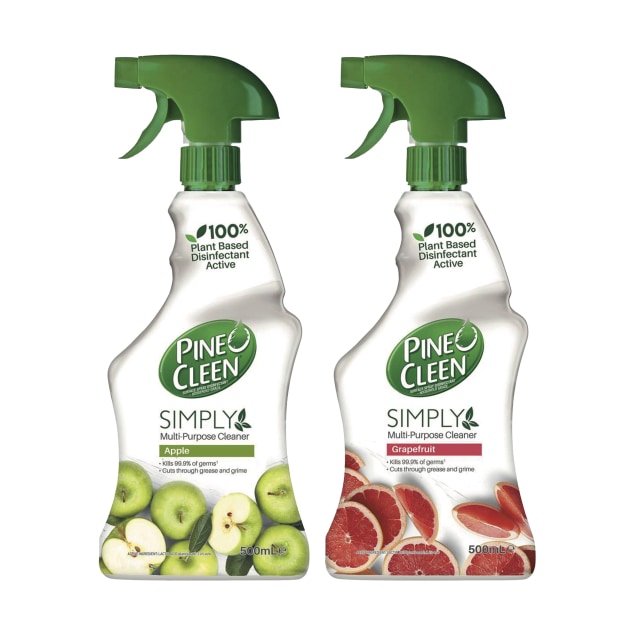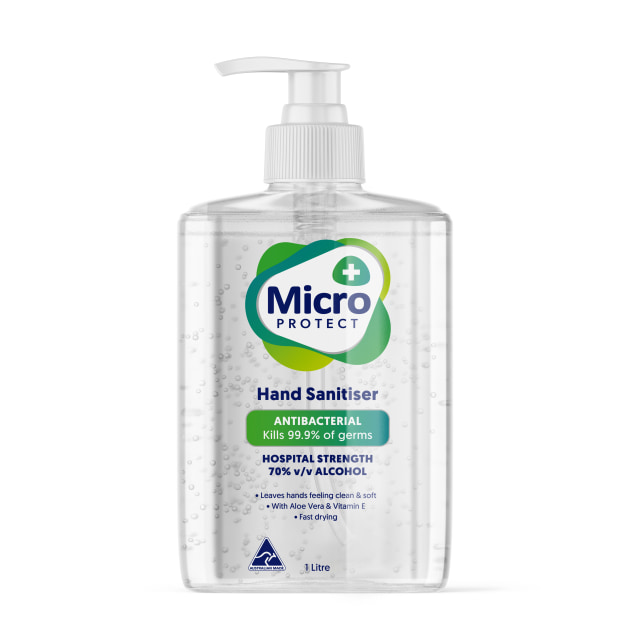Hulsbosch creative director Mikey Hart signals change to brand work dealing with the topical issue of public health. He believes brands are helping stop the spread of germs, and looks at protection trends in personal care and household sectors.
As the Covid-19 pandemic weaves a treacherous path around the world, brands are looking to combat fear and ease anxiety with solutions that help the public at large adopt progressive yet simple hygiene rituals. Essential non-food products and ranges that give reassurance to worry less about germs are restoring everyday consumer confidence.
Recently, brands have been more conscious about the products they develop for the FMCG market, reflecting a shift in consumer preference for naturally derived formulations and products that have fewer environmental impacts.
Common personal care products and household brands like Mortein, Aeroguard and Dettol have developed ‘natural’ line extensions to their portfolio. Pack designs are more ‘approachable’ offering both disease prevention and protection of the environment.

Interestingly, these products straddle a thin line in what is natural versus what is synthetic and perceived efficacy. Communicating these messages clearly in packaging design through the right mix of words and images has become more pivotal than ever to build trust in brands.
As consumers look to alleviate their fears around germs, here are three examples of brands that have embraced the opportunity to intrinsically reduce stress and promote daily well-being.
Continuing the ‘natural’ trend
Pine O Cleen has a new solution to disinfect a home the gentle way. Framed as a ‘sensorial clean smell’ for an idyllic home the Simply range expands on a natural proposition using a plant-based active that kills 99.9% of germs. This range stands out on shelf with a simple design approach that reflects the products’ proposition. A clinical white pack provides the backdrop to showcase a real ingredient story. The ‘100 per cent’ claims are clear and easily identifiable to qualify the quality of the product, compared to alternate synthetic products.
Leveraging existing codes
Kleenex brand associations are known for being gentle and nurturing. Adapting this lens, Kleenex has created a range of new hygiene products.
The packaging is a semiotic feast. The use of fresh green colour demonstrates a sense of resilience and optimism. It marks a departure from the usual blue palette associated with clinical products within the category.

Bolstering its efficacious credentials, Kleenex borrows the established visual codes of Dettol, known for its green brand colour. The hands symbolise the importance of touch and its central role in hygiene. The overall use of white links to beneficial clinical associations.
The Kleenex brand brings its caring brand story while adding the proposition of protection into the mix for a cohesive range.
Protection front and centre
Micro Protect is a fitting name that allows consumers to imagine protection from something they cannot see but know that is there. Here is a brand that taps into the need for efficacy and a results-driven product that brings peace of mind.
The packaging identity resembles a germ you might see under a microscope. The execution makes this notion accessible, relatable and less scary. The medical cross symbol has become a category heuristic to signify medical grade credentials.
This article was first published in the May-June 2021 print issue of PKN Packaging News, p38.





